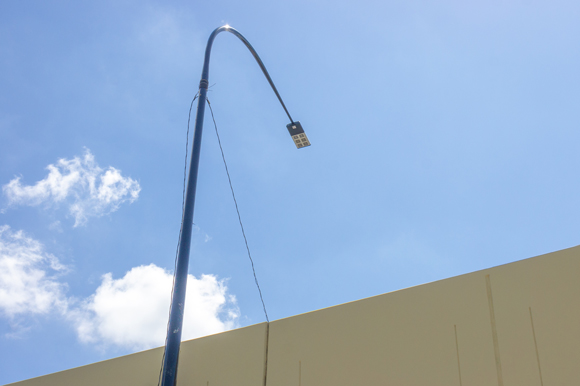Employee Spotlight: Su Hao, P.E.
Project Manager on
I-4 Beyond the Ultimate
Su Hao loves looking at bridges and comparing various styles through the ages and across cultures. It’s one of the things that drew him to civil engineering. Bridges, he says, combine physics, aesthetics and practical needs in a way that really makes his profession come alive.
“When you look at the ancient Roman arches, you can see all those parts working together,” Hao said. “You can see the physics and how the loads flow down the columns. They’re beautiful.”
He brings that same respect for creating enduring and essential infrastructure to the I-4 Beyond the Ultimate project. “It’s such a blessing to be part of this work to help people travel more safely and easily,” said Hao, who was born in Beijing and came to the U.S., where his father completed a doctorate degree and had a long career as a civil engineer.
But Hao doesn’t need historical references to be reminded of the impact of I-4 Beyond in his role as a project manager for the Florida Department of Transportation.
“I see constant reminders of how important it is every day. I see developments that are going up, and they’re all counting on I-4 to be improved and to handle future traffic flows. Residents and businesses wonder how it will affect them. It’s very eye-opening. I never want to lose sight of the fact that we are serving the needs of the community.”
He’s grateful, too, for colleagues who help him deal with a variety of challenging issues from concerned residents to complex work scheduling to funding and budgeting – issues hardly touched upon in his college engineering courses.
In addition to his public-spirited motivations, Hao has his own personal reasons for wanting to make sure the work proceeds safely and on schedule. He got married a couple of months ago and his wife still lives and works in Tampa. So each weekend, he navigates Interstate 4 from DeLand to Tampa and back.
He knows firsthand the frustrations of commuters and the thrill of seeing the gradual, steady progress of the project. “I can hardly wait for it all to be complete.”
| 




